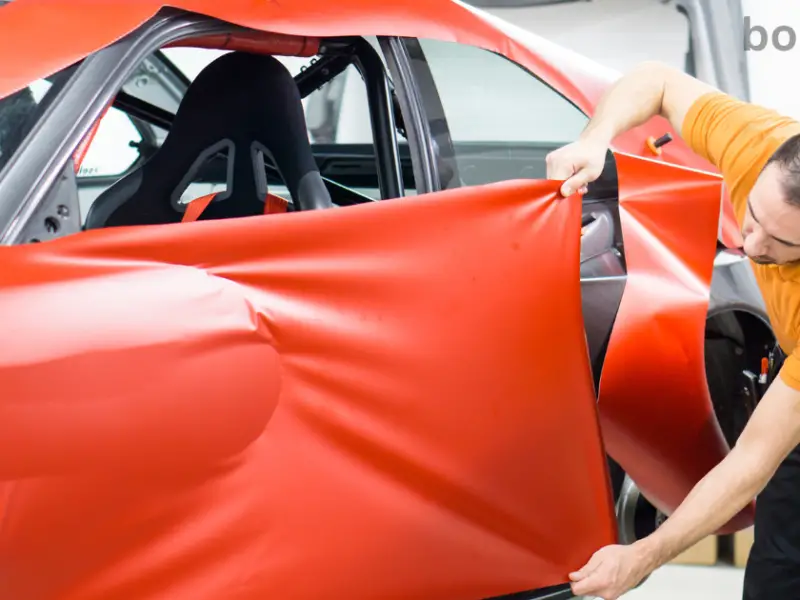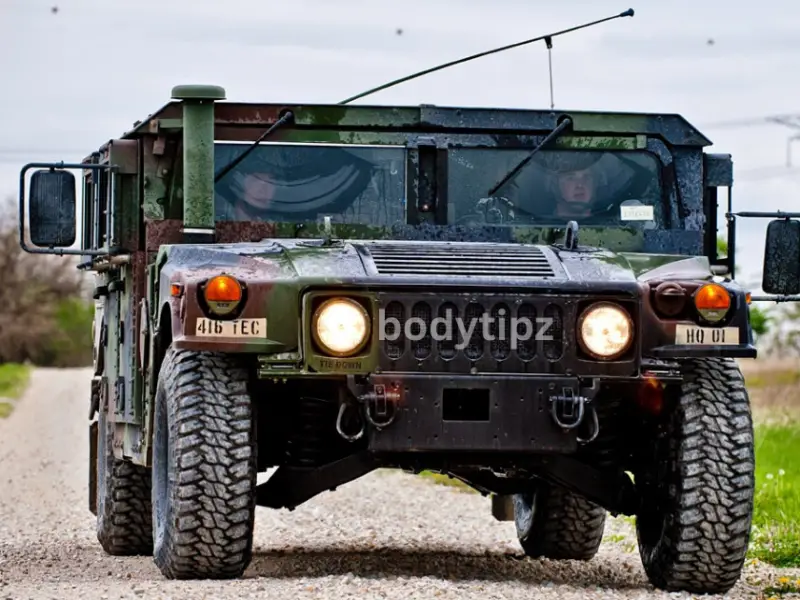The Q10 bus route meanders through the urban fabric of New York City, an energetic city where life is changing as quickly as a subway train. You’re in for a treat if you’ve ever found yourself physically unsure about this mysterious thread in the city’s transportation fabric. This comprehensive guide will take us on a tour of the Q10 bus route, revealing its secrets, delving into its implications, and answering some commonly asked concerns.
The Q10 Bus Route
A crucial vein in the vast network of buses crisscrossing New York City is the Q10 bus route. For locals and tourists alike, it serves as a lifeline, connecting people to important locations, including the city’s two main airports, LaGuardia Airport (LGA) and John F. Kennedy International Airport (JFK).
Origins and Evolution
The humorous history of the Q10 bus route dates back to the early 1900s. Over time, it has undergone a number of alterations and modifications to accommodate the expanding demands of the city’s residents. Originally designated as the Q10A and Q10B, they combine into a single road that serves as a transit bridge across rural areas.
Current Route and Stops
Currently, the Q10 bus service serves several areas throughout its path between Kew Gardens and JFK Airport. Among the well-known locations are JFK Airport’s Terminal 5, Federal Round, and Lefferts Boulevard. The Q10 provides a convenient and profitable method to circle the city, regardless of whether you’re a local client or a tourist carrying luggage.
A Vital Connection
The Q10 bus route’s contribution to connecting locals to major transportation hubs is among its most significant features. It provides a lifeline to individuals without access to a car, enabling them to board flights and set off on extensive travel. In addition, it relieves traffic congestion and lessens environmental effects when used as a substitute for personal automobiles.
The Q10 Bus Route: A Story of Connection
After addressing some of the most frequently asked questions concerning the Q10 bus route, let’s take a closer look at the route from a more personal and narrative perspective. Suppose you are a visitor to New York City who has just arrived at JFK Airport. Even if your travel has worn you out, you must arrive at your Kew Gardens accommodation. That is the starting point for the Q10 bus route’s production.
A Journey Begins
As soon as you exit the airport building, the hustle and activity of JFK Airport envelop you. Even from this seemingly isolated vantage point above Queens, you can feel the excitement of the city. The main objective is to find the Q10 bus stop, which is conveniently situated just outside the incurable.
A Q10 bus is pulling in as you approach the bus stop. You are welcomed, and you quickly board the bus. When you pay your money or set down your Metro Card, the bus driver greets you with a kind nod. Once you locate a stool, the bus leaves for Kew Gardens.
Through Diverse Neighborhoods
The Q10 bus route gives you an overview of some of Queens’ most diverse neighborhoods. You drive by South Ozone Park, where the aroma of mouthwatering Caribbean food fills the air. People from various walks of life are moving through the roadways, contributing to the rich cultural fabric of the city and its people.
The bus makes its way through suburban streets surrounded by trees, providing a striking contrast to Manhattan’s urban jungle. You see glimpses of people moving about their daily lives, from youngsters rushing to school to parents pushing pushy strollers.

A Convenient Connection
Lefferts Boulevard, a key crossroads where the Q10 connects to other bus routes and the A rail underground line, is about to be traversed. Because of this junction, commuters may transfer between quite different forms of transportation with great convenience. You create a poster that highlights the variety of passengers on the bus, each with a unique ending and tale.
You reflect on the appropriateness of the Q10 bus route while the bus travels. In addition to connecting tourists to JFK Airport, it serves as a lifeline for the neighborhood. The Q10 plays a crucial part in making possession of the city emotional, whether it’s a daily shuttle to work or a vacation to see relatives.
Arrival in Kew Gardens
At last, you arrive in Kew Gardens, an area that provides a tranquil contrast to the chaos of the airport. You get off the bus feeling grateful for hassle-free and efficient travel. Although your trip on the Q10 bus route has come to an end, you are now even more grateful for the intricate network of transportation that, in a little way, keeps New York City alive.
The Future of the Q10 Bus Route
The Q10 bus route, like every aspect of urban construction, will inevitably meet difficulties in the future. In an attempt to satisfy the changing needs of both locals and tourists, carriage authorities and city planners are constantly advancing public transportation.
Modernization and Sustainability
The drive for sustainability and modernization is one of the main trends in urban transportation. Buses like the Q10 are becoming more and more popular as cities all over the world struggle with problems like traffic jams and environmental effects. Along the route, we should anticipate seeing char and additional fuel-efficient buses in addition to businesses working to reduce emissions and improve air quality.
Technology Integration
Technology advancements are changing how we connect to public transit. Travelers may more easily organize their trips and be informed about delays or package modifications with the use of mobile apps and real-time tracking systems. These rotations should benefit the Q10 bus route, but only if they improve passenger flow and timing.
Accessibility Improvements
Cities are increasingly concentrating on providing public transit that is accessible to all citizens, regardless of their mobility challenges. Wheelchair-accessible buses on the Q10 bus route have advanced this area, although there is still room for improvement. Imagine that efforts to increase diversity and convenience will continue.
Conclusion
The Q10 bus route is an essential and significant component of the city’s infrastructure while frequently being eclipsed by the trendier forms of transportation in New York City. It fosters public connections, provides tourists with a lifeline, and is essential in lessening the perception of bottlenecks and conservation.
Along the Q10 route, we have not only discussed everyday topics but also learned about the experiences and abilities of individuals who depend on this bus for their daily needs. The Q10 bus route is a testament to the adaptability and connection of the city, navigating a variety of districts while offering travelers convenience.
The Q10 bus route will change along with the city. It will prioritize convenience, sustainability, and updating.
FAQs
Where does the Q10 bus route start and end?
The Q10 bus route begins its journey at Kew Gardens, a Queensborough neighborhood. It is a quick way for explorers to go to or from John F. Kennedy International Airport (JFK) because it departs there.
How Frequent Are Q10 Bus Services?
Throughout the day, Q10 bus services are not always available. Buses typically operate every ten to fifteen minutes during peak hours to ensure efficient travel. But longer stops between buses could occur during off-peak hours, so it makes sense to plan the timetable with exact restrictions in mind.
Are Q10 buses wheelchair accessible?
The Q10 buses can accommodate wheelchairs, yes. New York City is committed to ensuring that its public transportation system is inclusive and accommodating of riders who have mobility challenges.
Can I use my MetroCard on the Q10 bus?
Without a doubt! You can get a used MetroCard on the Q10 bus, which makes it a great value choice. There are additional financial benefits to using a MetroCard as opposed to paying with cash.
How long does the Q10 bus ride take?
The duration of a trip along the Q10 bus route might change depending on factors including traffic, the time of day, and specific stops. The entire trip from Kew Gardens to JFK Airport typically takes between forty and fifty minutes. Look for real-time updates or use shipping apps to get the most accurate journey time estimate.
Are There Any Points of Interest Along the Q10 Route?
Yes, the Q10 bus route is allowed to pass through a number of Queens communities, including South Ozone Park, which is well-known for its cultural landmarks and culinary offerings. Although the route serves primarily as a transit connection, if you have some spare time, you may explore neighborhood markets and cafeterias to get a taste of the local cuisine.
Is the Q10 Bus Route a Scenic Ride?
The Q10 bus route serves transportation as its primary function, but it also provides glimpses of New York City’s diverse landscapes. Traveling lightheartedly through Queens will provide you with a new perspective of the city’s more gentle side as you travel past residential areas and streets adorned with trees.
What Are Some Travel Tips for Using the Q10 Bus Route?
The following travel advice can help you learn more about the Q10 bus route:
Check the schedule: Check the bus schedule in advance to plan your route and save wait times.
Prepare the exact fare: Have the whole fare available if you’re paying with cash because the bus might not deliver it.
Use a Metro Card: Consider investing in a Metro Card to save money on tickets and suitability.
Arrive Early for Flights: Plan additional time to standby if you’re heading to JFK Airport, especially if you have a flight to catch. There is a chance of delays; therefore, it is better to be proactive than reactive.
Stay Informed: Utilize shipment applications for up-to-date content or check the official MTA website to be informed about any service vicissitudes or alerts.


